Home>Interior Design>Do You Wash Whites In Hot Or Cold Water?


Interior Design
Do You Wash Whites In Hot Or Cold Water?
Modified: March 2, 2024
Discover the best interior design tips for washing whites in hot or cold water. Learn how to keep your white fabrics looking pristine and vibrant with these expert recommendations.
(Many of the links in this article redirect to a specific reviewed product. Your purchase of these products through affiliate links helps to generate commission for Storables.com, at no extra cost. Learn more)
Introduction
When it comes to doing laundry, one of the common dilemmas people face is whether to wash whites in hot or cold water. Washing clothes in the right temperature can affect their cleanliness, longevity, and color retention. While there are benefits to using both hot and cold water, it’s important to understand the factors to consider before making a decision. In this article, we will explore the advantages of washing whites in hot water, the benefits of washing them in cold water, and provide some insights on how to choose the appropriate temperature for washing white garments.
Before diving into the details, it’s crucial to acknowledge that the fabric type and care instructions provided by the manufacturer should always be followed. Certain delicate fabrics may require specific temperature settings, while others can tolerate a wider range. Nonetheless, having a general understanding of the benefits and considerations can help make the decision-making process easier for washing white clothes.
Key Takeaways:
- Choose hot water for tough stains and bacteria removal, but consider fabric type and energy consumption. Cold water preserves colors, reduces shrinkage, and is gentle on delicate fabrics. Always follow care labels for best results.
- Debunk misconceptions about hot and cold water for whites. Cold water can clean effectively with the right detergent and pre-treatment. Hot water isn’t always necessary and may damage delicate fabrics. Follow best practices for optimal results.
Benefits of Washing Whites in Hot Water
Washing whites in hot water offers several advantages that can help achieve cleaner and more sanitized results. Here are some of the key benefits:
- Improved Stain Removal: Hot water is effective at breaking down and removing tough stains, especially those caused by grease, oil, or protein-based substances. The heat helps to loosen the bonds between the stain and the fabric, making it easier to lift and wash away.
- Kills Germs and Bacteria: Hot water is known for its germ-killing properties. When you wash whites in hot water, it can help eliminate bacteria, viruses, and other microorganisms that may be present on the fabric. This is particularly important for items like underwear, socks, and towels that come in direct contact with the skin.
- Better Dissolving of Detergent: Hot water helps to dissolve laundry detergent more effectively, leading to better cleaning results. This is especially beneficial when dealing with heavily soiled white garments or items with ingrained dirt or grime.
- Removes Stubborn Odors: Hot water can help eliminate strong odors that may be trapped in white clothing, such as sweat, body odor, or mildew. The high temperature aids in breaking down and removing the odor-causing molecules, leaving the garments smelling fresh and clean.
While these benefits make hot water an appealing choice for washing whites, it’s important to consider the potential drawbacks and factors that can impact its effectiveness. Factors such as fabric type, colorfastness, and energy consumption should be taken into account before solely relying on hot water for all white garments. This will ensure that you achieve the desired results while preserving the quality and longevity of your clothes.
Benefits of Washing Whites in Cold Water
Contrary to popular belief, washing whites in cold water can offer several benefits that make it a viable option for maintaining the cleanliness and longevity of white garments. Here are some of the key advantages:
- Preserves Fabric Color: Cold water helps to prevent color fading and bleeding, especially for delicate white fabrics. By washing whites in cold water, you can minimize the risk of color transfer and ensure that your garments retain their original brightness and vibrancy.
- Reduces Shrinkage: Hot water can cause certain fabrics to shrink, especially natural fibers like cotton. By opting for cold water, you can minimize the risk of shrinkage, helping your white clothes maintain their original size and fit.
- Energy Efficiency: Washing whites in cold water consumes significantly less energy compared to using hot water, helping to reduce your overall energy consumption and utility bills. This not only benefits the environment but also your wallet.
- Gentle on Delicate Fabrics: Cold water is gentler on delicate fabrics, preventing them from becoming damaged or worn out. This is particularly important for white garments with delicate lace, sequins, or embellishments that may be prone to damage in high temperatures.
- Safe for Certain Garments: Cold water is suitable for washing fabrics that are not colorfast or prone to shrinking, such as certain wool or silk items. By using cold water, you can ensure that these delicate white garments are washed safely without compromising their quality.
While cold water is a beneficial option for washing whites, it’s important to note that it may not be as effective in removing heavy stains or killing bacteria compared to hot water. For heavily soiled white items or those that require thorough disinfection, it may be necessary to consider alternative methods or pre-treat stains before washing. Additionally, always check the care label instructions and fabric type to choose the appropriate water temperature for your white garments.
Factors to Consider in Choosing Between Hot and Cold Water for Washing Whites
When deciding whether to wash whites in hot or cold water, there are several factors to consider. These factors can help you determine the optimal water temperature for achieving clean and well-maintained white garments. Here are some key factors to keep in mind:
- Fabric Type: Different fabrics have specific temperature requirements for washing. Review the care labels on your white garments to determine if they can be safely washed in hot water or if cold water is recommended. Delicate fabrics like silk or lace typically require cold water, while sturdier fabrics like cotton can tolerate hot water.
- Colorfastness: Check if your white garments are colorfast, meaning they won’t bleed or fade when exposed to water. If your whites are prone to color bleeding, it’s best to wash them in cold water to prevent color transfer to other items in the load.
- Soil Level: Consider the level of dirtiness or stains on your white clothes. Hot water is generally more effective in removing tough stains and heavy dirt, while cold water may struggle to fully eliminate stubborn stains. For heavily soiled items, pre-treating stains or using a stain remover can help enhance the cleaning power of cold water.
- Energy Efficiency: If you’re looking to reduce energy consumption and lower your utility bills, washing whites in cold water is the more energy-efficient option. Cold water requires less energy to heat, making it an environmentally friendly choice.
- Environmental Impact: Choosing cold water for washing whites helps conserve energy and reduces carbon emissions associated with water heating. By opting for cold water whenever possible, you can contribute to sustainable laundry practices.
- Personal Preference: Ultimately, your personal preference and experience play a role in selecting the water temperature for washing whites. If you have had success with hot water and feel it delivers cleaner results, you may choose to continue using it. Conversely, if you find that cold water is sufficient for your needs and prefer its gentler approach, you can opt for cold water consistently.
By considering these factors, you can make an informed decision about whether to use hot or cold water for washing your white garments. Remember to always read the care labels, test a small inconspicuous area if unsure, and adjust your washing routine based on the specific requirements of your white clothing items.
For white clothes, it’s best to wash them in hot water to help remove stains and kill bacteria. However, always check the care label for specific instructions.
Common Misconceptions About Washing Whites in Hot or Cold Water
There are several misconceptions surrounding the topic of washing whites in hot or cold water. These misconceptions can lead to confusion and may prevent individuals from effectively caring for their white garments. Let’s debunk some of the most common misconceptions:
- Myth: Hot Water is the Best for All Whites: While hot water can be effective in removing certain stains and killing germs, it is not always the best choice for all white garments. Delicate fabrics, such as silk or lace, may be damaged or shrink in hot water. Always follow the care label instructions and consider factors like fabric type and colorfastness before deciding on the water temperature.
- Myth: Cold Water Doesn’t Clean as Well: Cold water can clean white clothes effectively, especially when paired with a good quality detergent. Modern detergents are designed to dissolve and remove stains in cold water. However, for heavily soiled or stained items, hot water may still provide better results. Pre-treating stains or using stain removers can boost the cleaning power of cold water.
- Myth: Hot Water is Necessary to Kill Germs: While hot water can help eliminate bacteria and germs, it is not essential for everyday white garments. Most laundry detergents contain surfactants and enzymes that can effectively remove common bacteria in cold water. Additionally, using bleach or disinfecting laundry additives can further enhance the germ-killing properties of cold water.
- Myth: Cold Water Doesn’t Remove Odors: Cold water may not be as effective as hot water in removing strong odors, but it can still eliminate mild odors from white clothes. Using a good quality detergent, proper agitation, and allowing garments to dry fully can help eliminate unpleasant smells. For stubborn odors, consider using odor-eliminating products or adding a small amount of baking soda to the wash.
- Myth: Mixing Hot and Cold Water for Whites is Always Best: While mixing hot and cold water can provide a warm or tepid temperature for washing whites, it is not always necessary or recommended. Mixing water temperatures can complicate the washing process and may not offer any significant benefits. Instead, focus on choosing the appropriate water temperature based on the factors we discussed earlier.
By understanding and dispelling these misconceptions, you can confidently choose the appropriate water temperature for washing your white garments. Remember, each white item may have specific care requirements, so it’s important to consider the fabric, stain level, colorfastness, and other factors before deciding on the water temperature.
Best Practices for Washing Whites in Hot Water
When washing whites in hot water, it’s important to follow a few best practices to ensure optimal cleanliness and garment care. Here are some key tips to keep in mind:
- Separate Whites: Sort your white garments from colored ones to prevent color bleeding. Washing whites separately helps maintain their brightness and prevents discoloration.
- Check Care Labels: Always read the care labels on your white garments to determine if hot water is recommended. Some fabrics, such as delicate lace or silk, may require gentle handling and cooler temperatures.
- Pretreat Stains: Treat any visible stains before washing. Apply a suitable stain remover or pre-treatment product directly to the stain, gently rub it in, and let it sit for a few minutes before laundering.
- Select the Right Detergent: Choose a detergent that is specifically formulated for whites or contains whitening agents. These detergents can help brighten and restore the whiteness of your garments. Follow the manufacturer’s instructions for the recommended amount to use.
- Use the Correct Water Temperature: Set your washing machine to the appropriate hot water setting based on the fabric type and care instructions. Follow the machine’s guidelines for water levels and load sizes.
- Avoid Overloading the Machine: Ensure that your washing machine is not overloaded with too many white garments. This allows sufficient space for proper water circulation and agitation.
- Choose an Adequate Cycle: Depending on the level of soil and the fabric type, select the appropriate wash cycle. For heavily soiled or stained whites, choose a longer or more intensive cycle for better cleaning results.
- Respect Drying Instructions: After washing, follow the recommended drying instructions provided on the care labels. Some white garments may be suitable for tumble drying, while others may require air drying to prevent shrinkage or damage.
- Inspect the Results: After washing, check your whites for any remaining stains or discoloration. If necessary, repeat the laundering process or treat specific areas again before drying.
- Store Whites Properly: Once your white garments are clean and dry, store them in a cool, dry place away from direct sunlight to maintain their brightness. Avoid contact with colored items that may transfer dye onto your whites.
By following these best practices, you can ensure that your white garments are thoroughly and effectively washed in hot water, leaving them clean, fresh, and white.
Best Practices for Washing Whites in Cold Water
Washing whites in cold water requires specific care to ensure that your garments are properly cleaned and maintained. Follow these best practices to optimize the cleaning process:
- Separate Whites: Separate your white garments from colored items to avoid color bleeding. This helps to preserve the whiteness and prevent discoloration.
- Pre-Treat Stains: Treat any stains on your white clothes before washing. Apply a stain remover or a small amount of detergent directly to the stain, gently rub it in, and let it sit for a few minutes before laundering.
- Check Care Labels: Always read the care labels on your white garments to ensure they can be safely washed in cold water. Delicate fabrics may require hand washing or specific temperature settings.
- Choose a Suitable Detergent: Select a detergent that is designed for cold-water washing. These detergents are formulated to dissolve and activate in cooler temperatures, ensuring effective cleaning results.
- Follow Detergent Instructions: Follow the manufacturer’s instructions on the detergent packaging for the recommended amount to use. Using too much detergent can leave residue on your white garments.
- Load the Machine Properly: Avoid overloading the washing machine to allow sufficient water circulation and agitation. This helps to ensure that your white garments are thoroughly cleaned.
- Select the Appropriate Cycle: Choose a gentle or normal cycle for washing whites in cold water. If the garments are heavily soiled, opt for a longer or more intensive cycle to enhance the cleaning process.
- Don’t Skip Fabric Softener: Consider using fabric softener or a vinegar rinse to help keep your white garments soft, fresh, and static-free. This can also help reduce wrinkles and lint buildup.
- Use Cold-Water Boosters: To enhance the cleaning power of cold water, add laundry boosters specifically designed for cold-water washing, such as oxygen bleach or baking soda. These additives can aid in stain removal and brightening.
- Air Dry or Tumble Dry Low: After washing, follow the care instructions and either air dry your white garments or use a low-heat setting in the dryer. This helps prevent shrinkage and damage to delicate fabrics.
- Inspect and Rewash, If Needed: After the washing cycle, check your white garments for any remaining stains or discoloration. If necessary, repeat the laundering process or treat specific areas again before drying.
By following these best practices, you can effectively clean and maintain your white garments while using cold water. Remember to always check the care labels and adjust your washing routine based on the fabric type, stain level, and desired results.
Conclusion
When it comes to washing whites, choosing the appropriate water temperature is crucial for achieving clean, fresh, and well-maintained garments. Both hot and cold water have their advantages and best practices that can help you achieve desirable results. It’s important to consider factors such as fabric type, colorfastness, stain level, and energy efficiency when deciding between hot and cold water.
Washing whites in hot water provides benefits such as improved stain removal, bacteria elimination, better detergent dissolving, and odor removal. However, it’s essential to be cautious with delicate fabrics and to avoid excessive energy consumption.
On the other hand, washing whites in cold water offers benefits like fabric color preservation, reduced shrinkage, energy efficiency, gentle treatment for delicate fabrics, and safety for certain garments. While cold water may not be as effective in removing stubborn stains or killing bacteria, proper pre-treatment and the use of appropriate detergents can compensate for this limitation.
It’s important to dispel common misconceptions about washing whites in hot or cold water, such as the belief that hot water is always the best or that cold water doesn’t clean well. By understanding the facts and considering each garment’s specific care requirements, you can make informed decisions and achieve exceptional results.
Whichever water temperature you choose, following best practices is essential. This includes sorting white garments, treating stains, using appropriate detergents, selecting the correct cycle, and properly drying and storing the clean whites. By adhering to these guidelines, you can keep your white clothing bright, clean, and in excellent condition for a longer time.
Remember, always read and follow the care labels on your white garments for specific instructions. With the right knowledge and careful attention, you can confidently wash your whites and enjoy the satisfaction of brilliantly clean clothes.
Frequently Asked Questions about Do You Wash Whites In Hot Or Cold Water?
Was this page helpful?
At Storables.com, we guarantee accurate and reliable information. Our content, validated by Expert Board Contributors, is crafted following stringent Editorial Policies. We're committed to providing you with well-researched, expert-backed insights for all your informational needs.

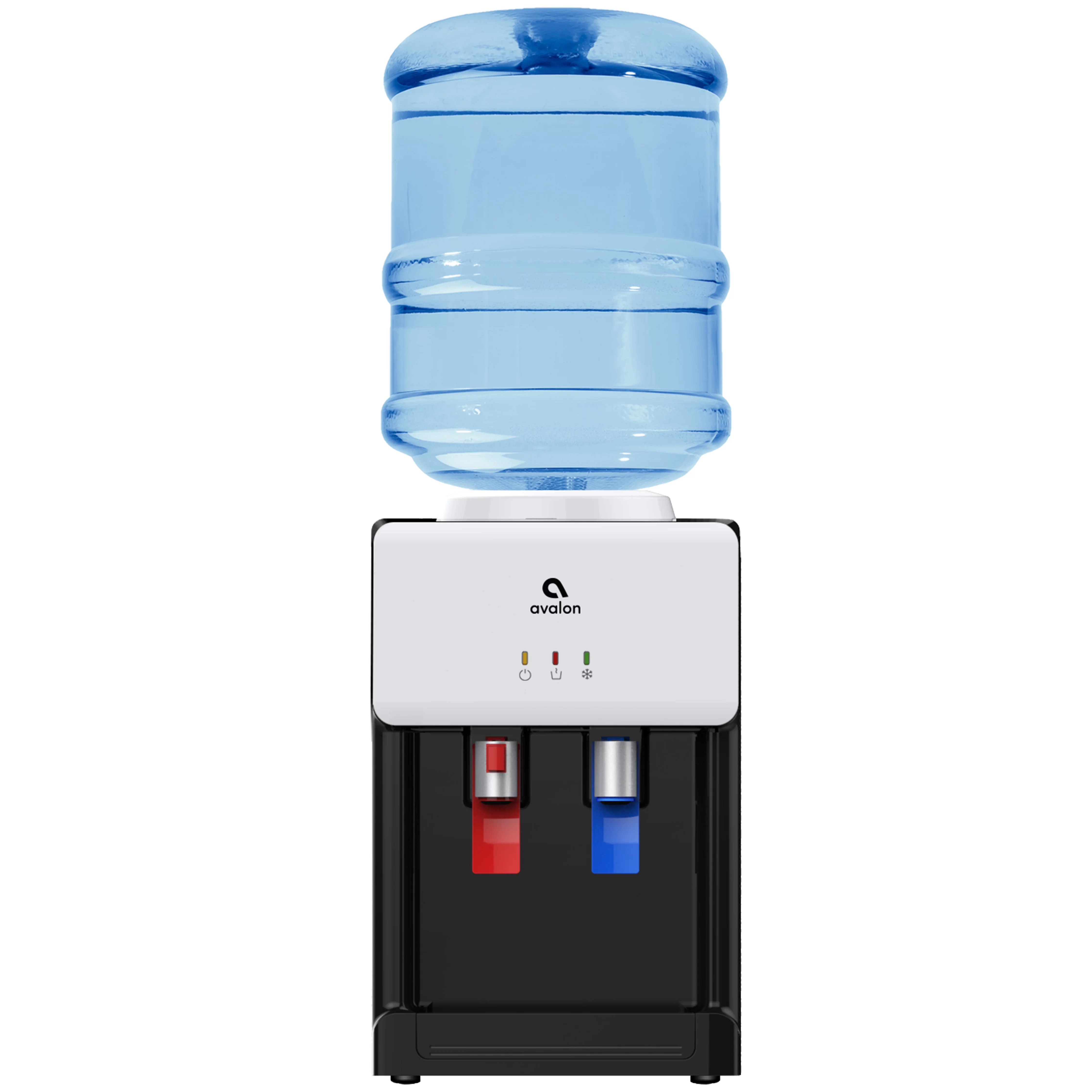
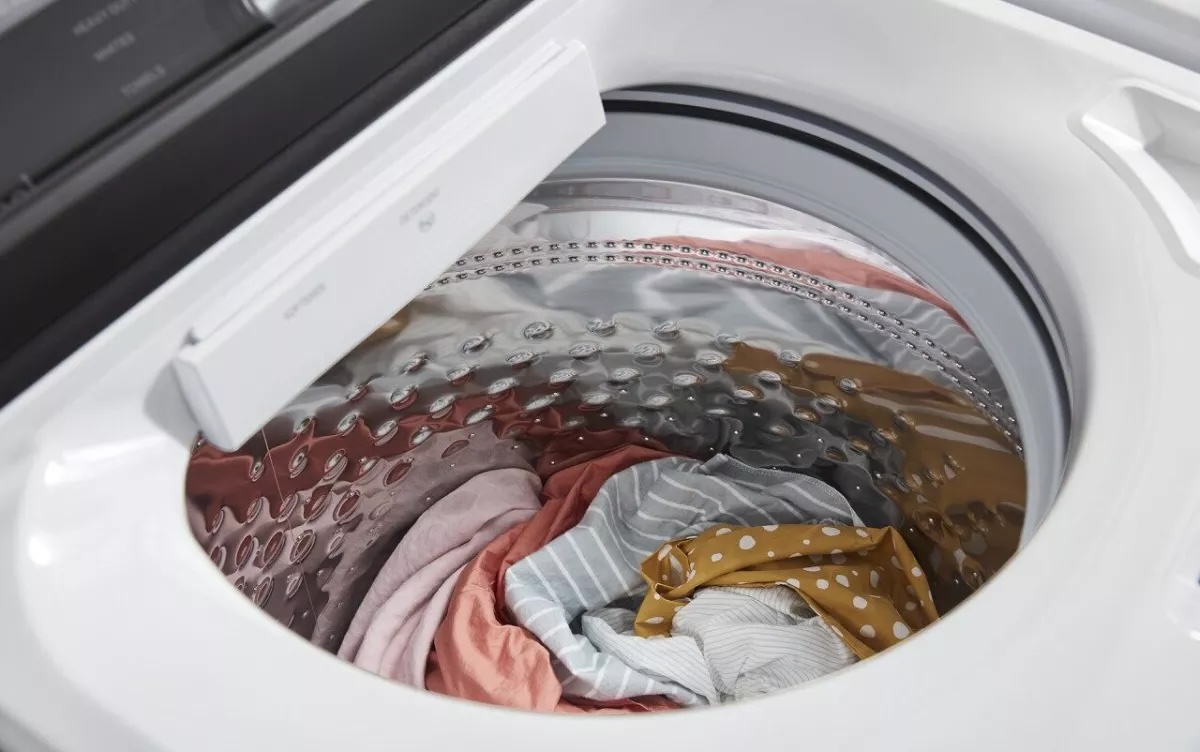
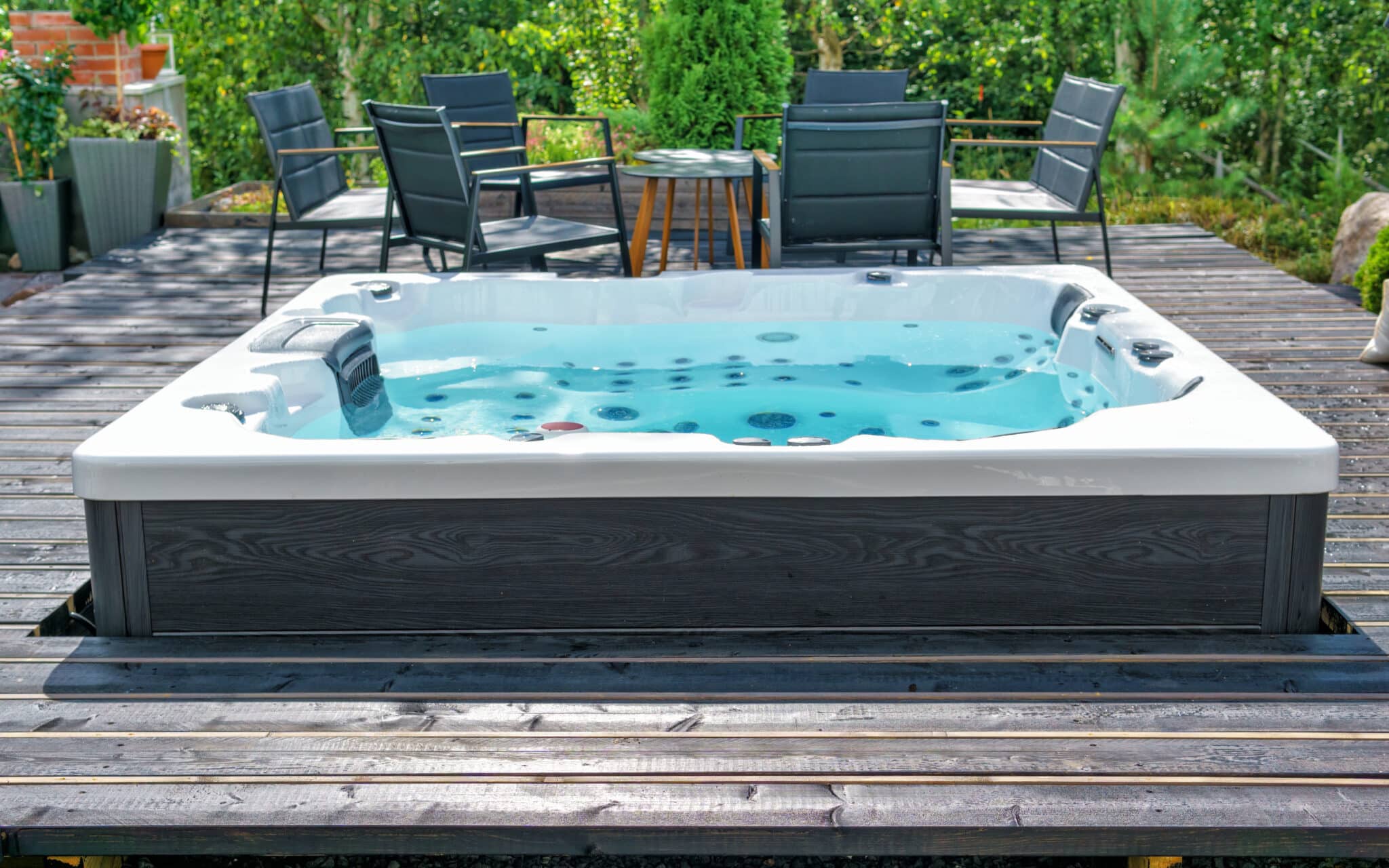
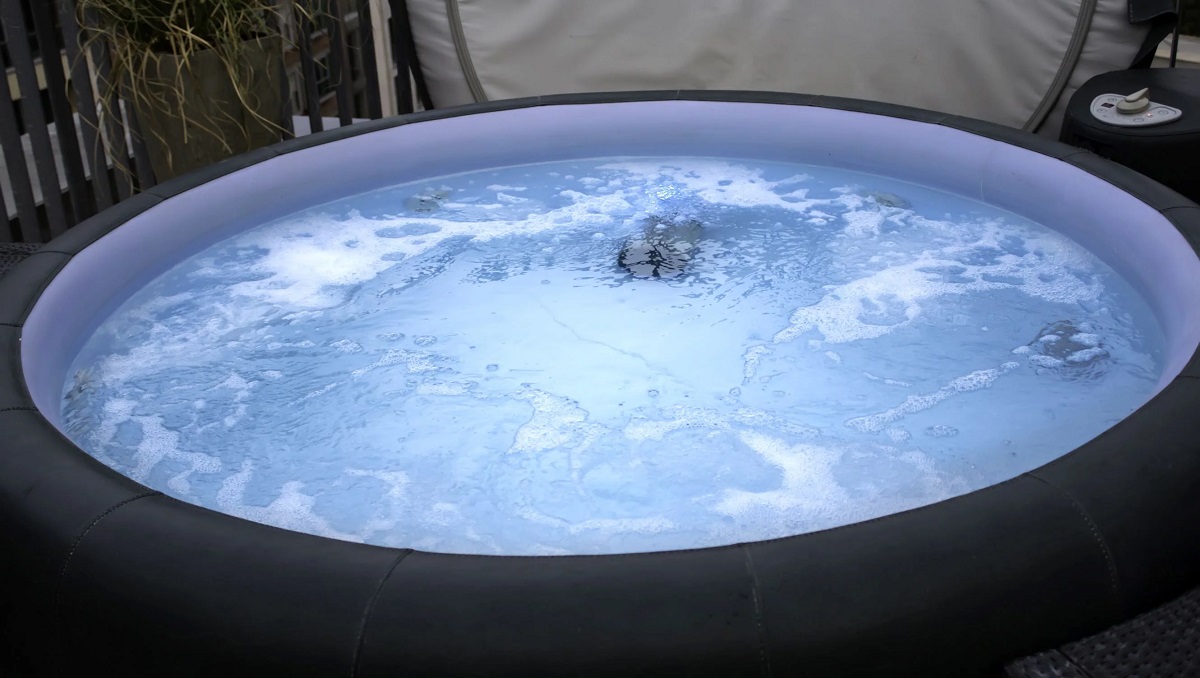

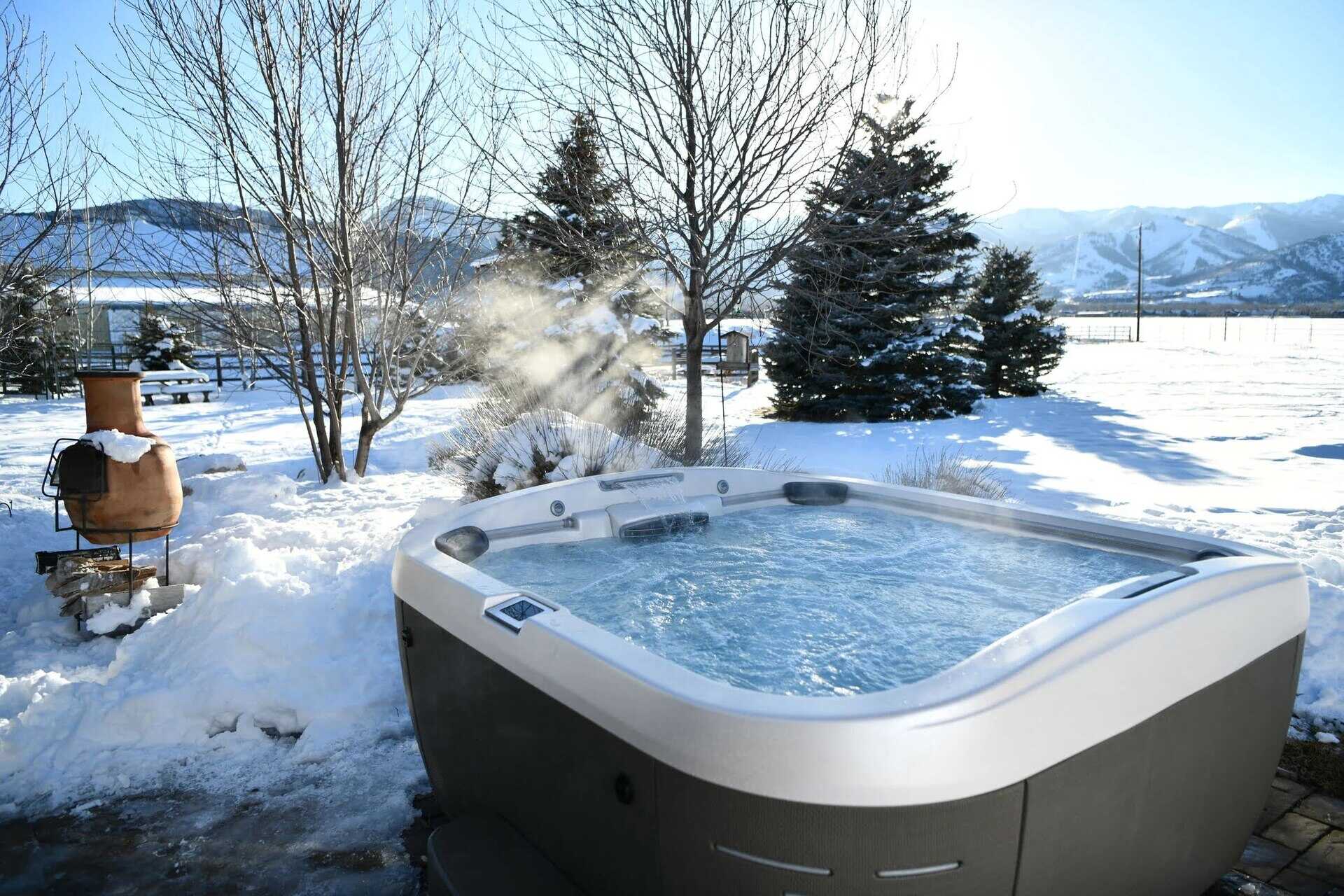
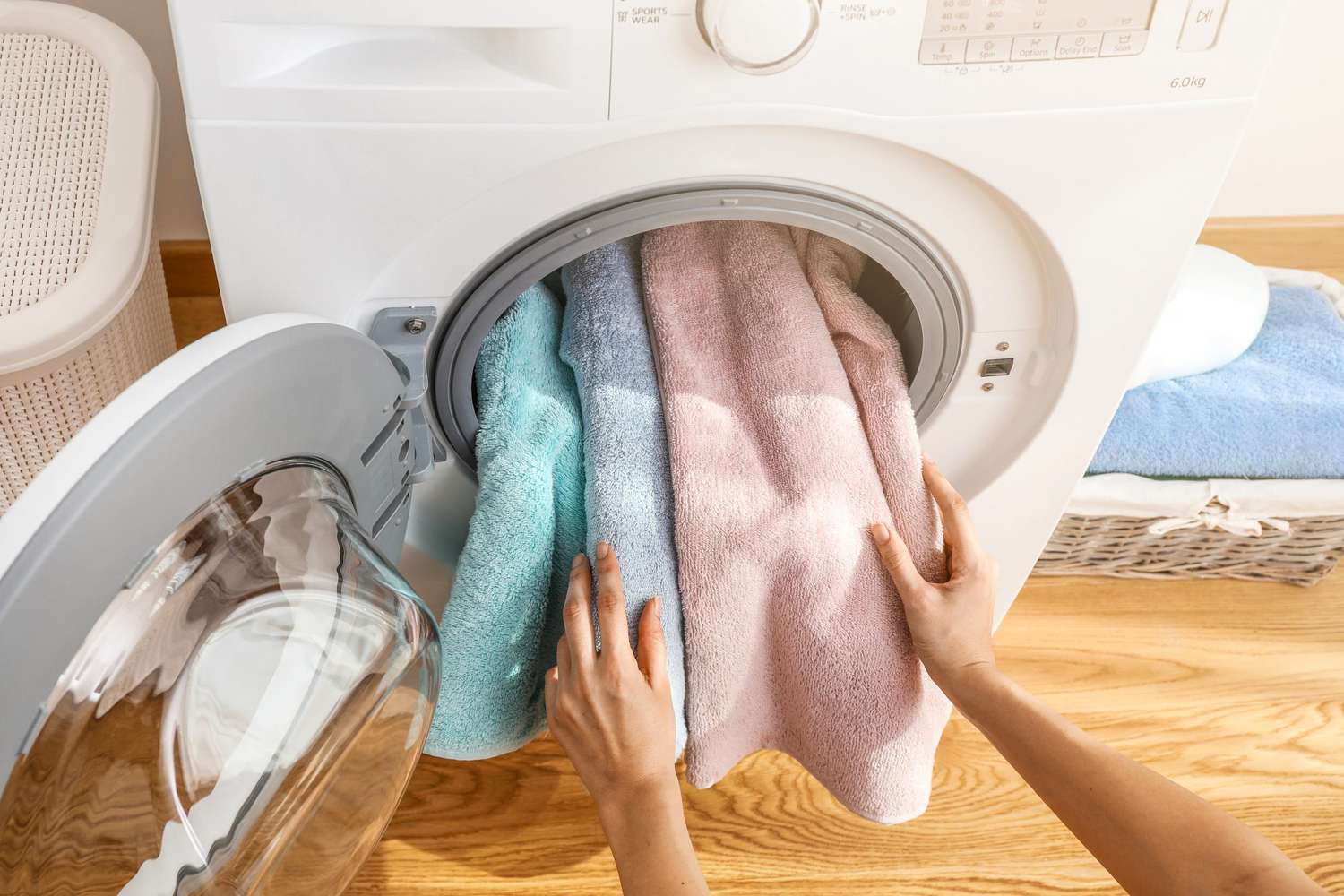
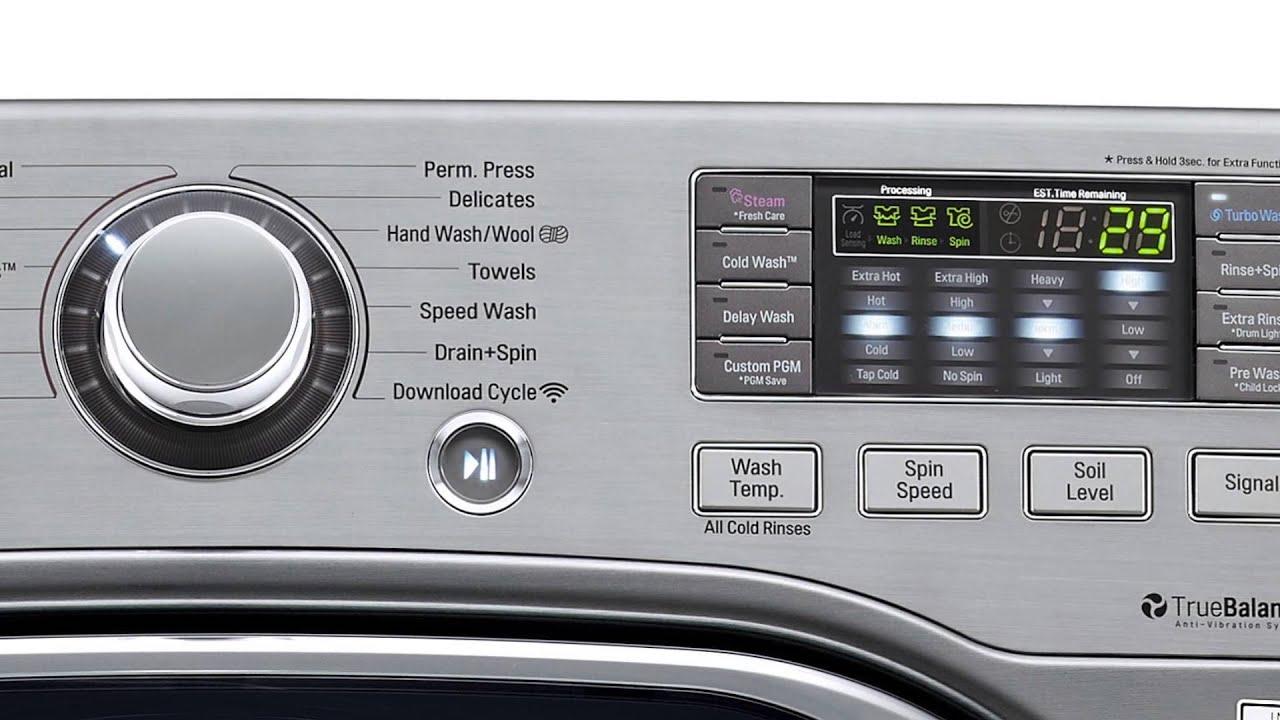
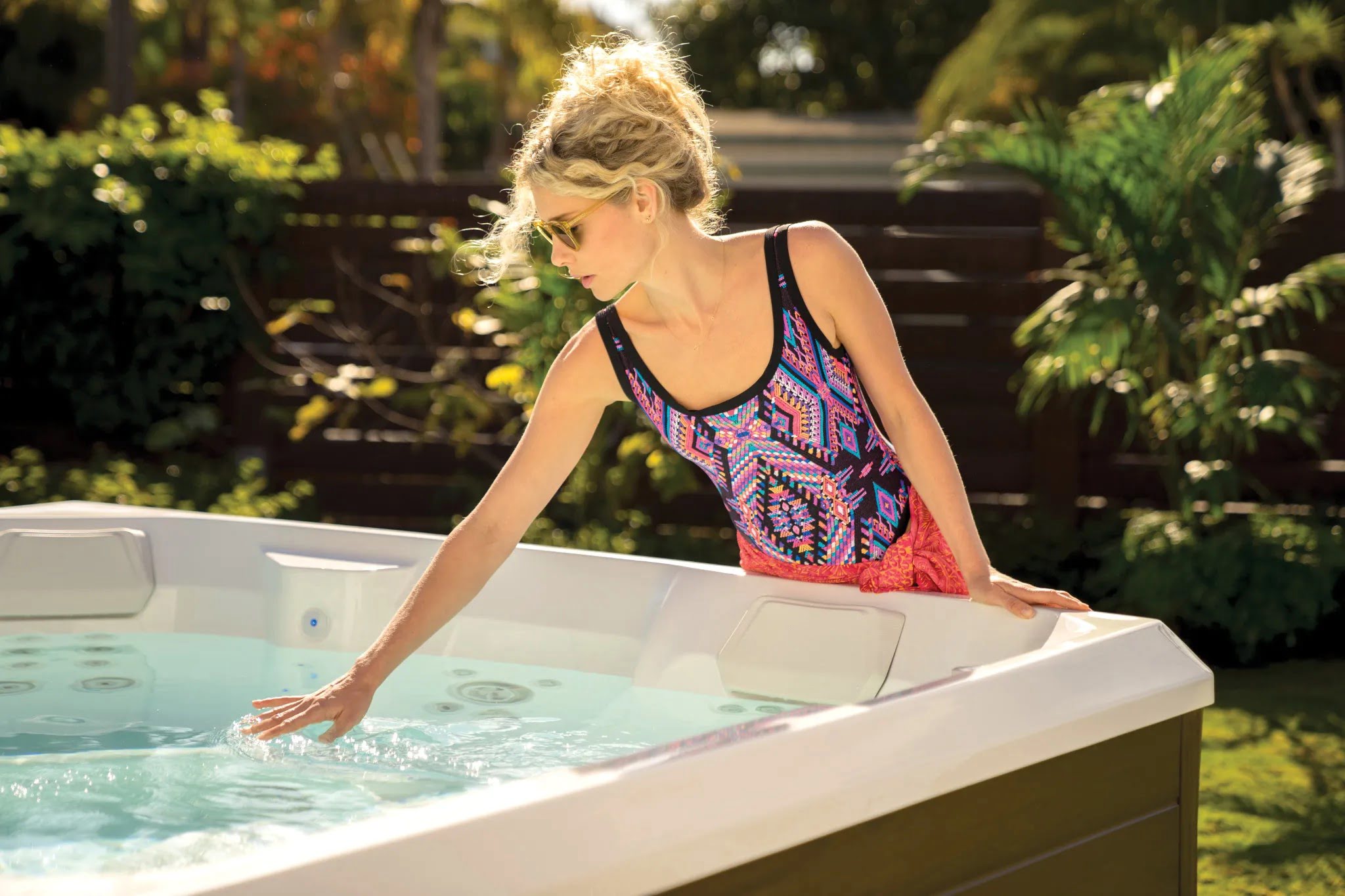

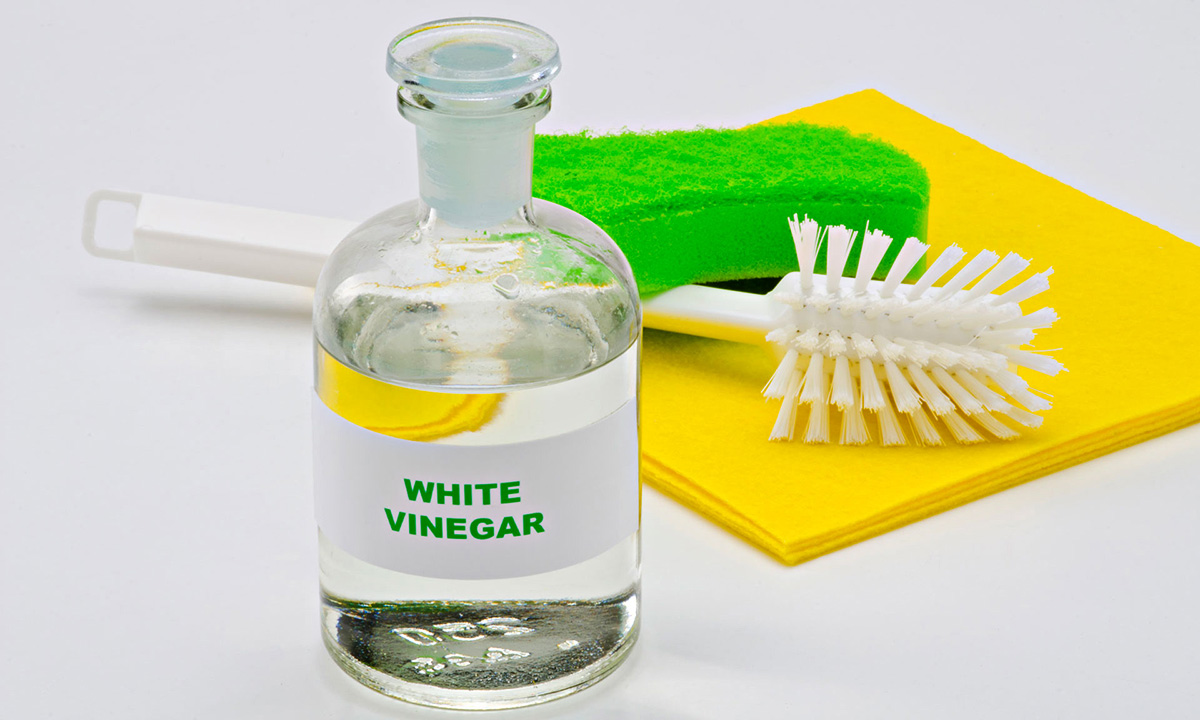

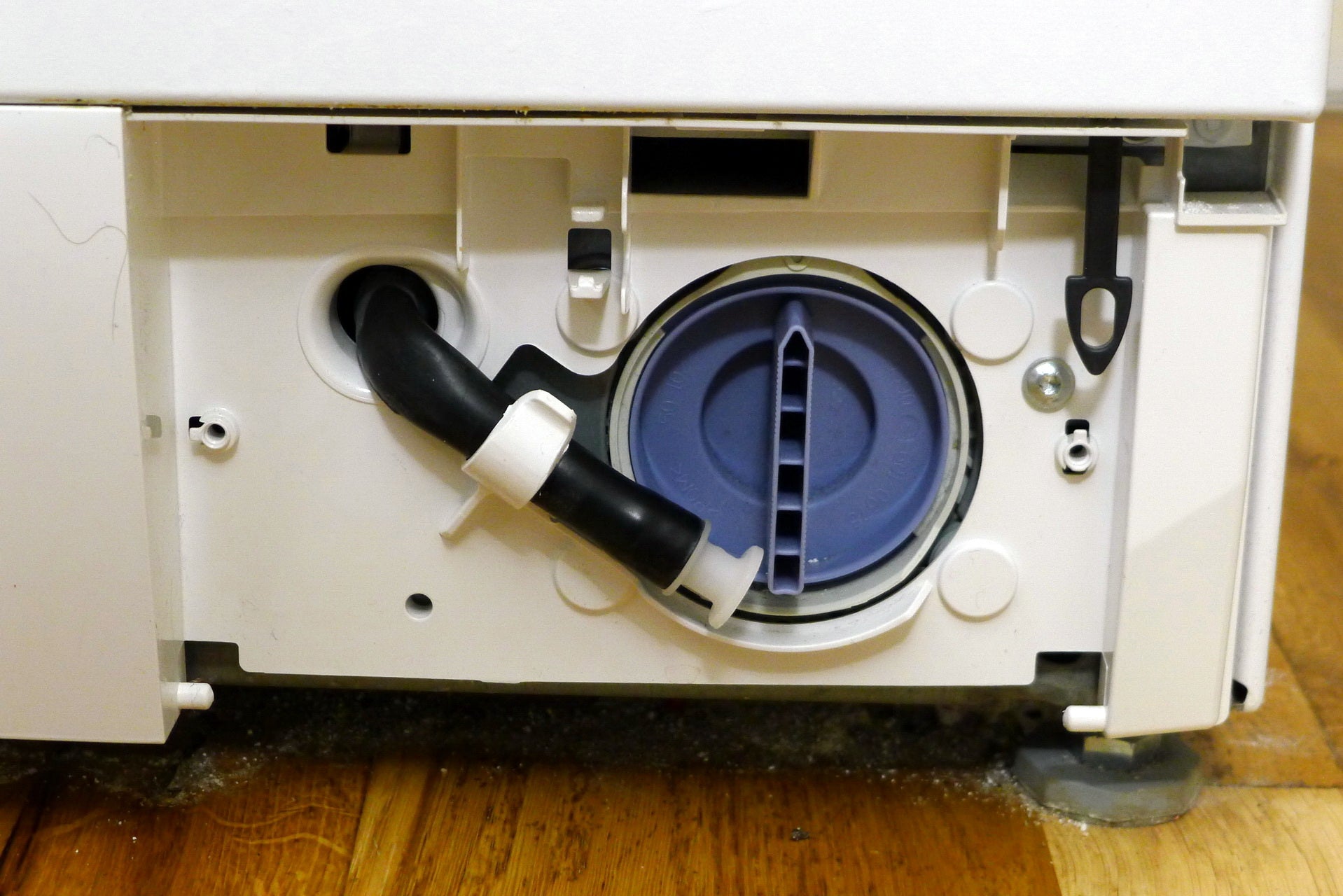

0 thoughts on “Do You Wash Whites In Hot Or Cold Water?”